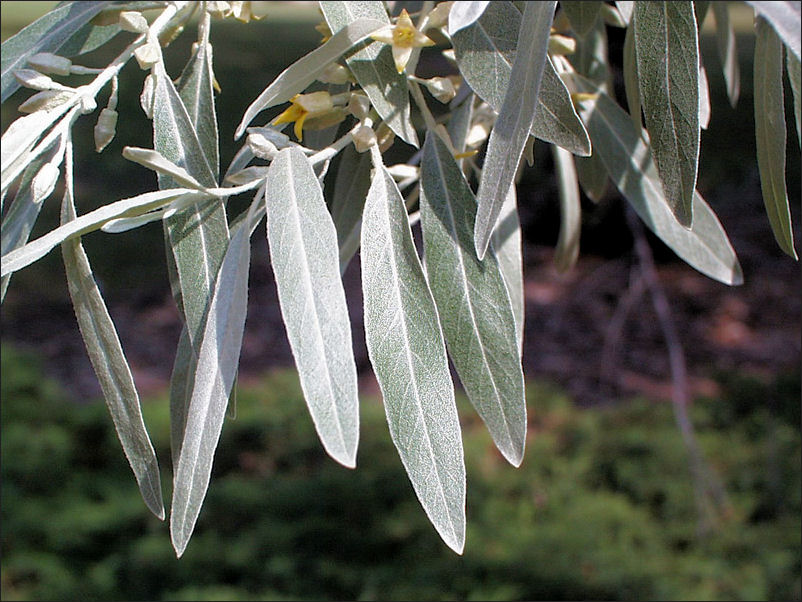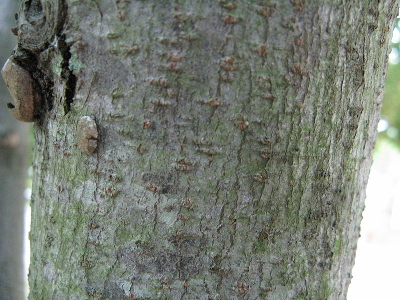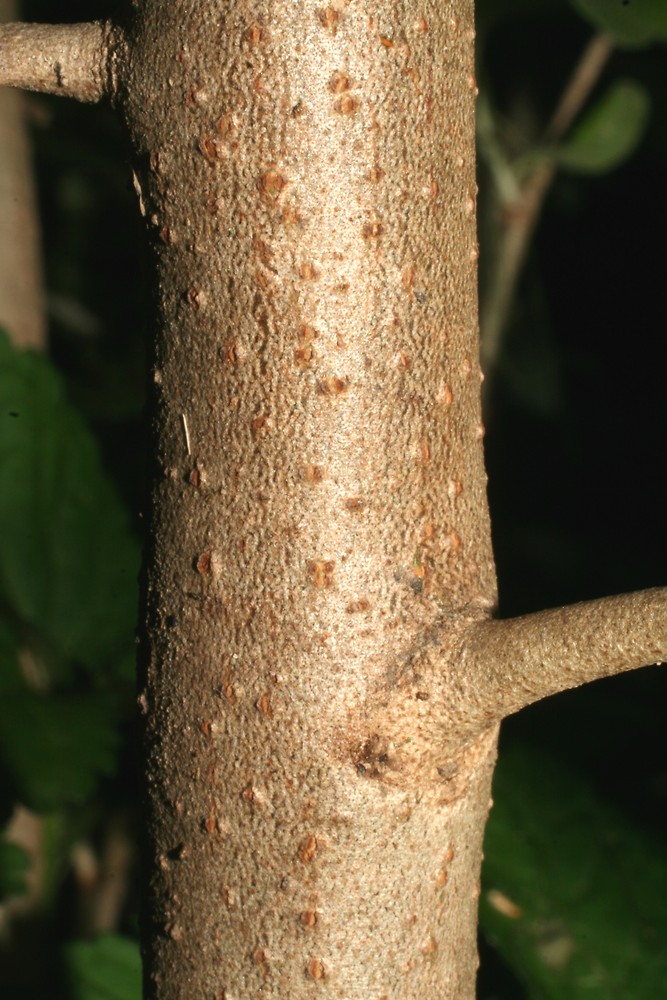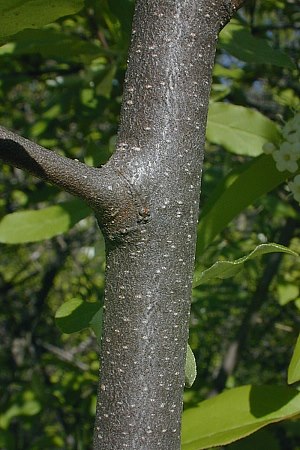autumn olive tree bark
Autumn-olive and Russian-olive are deciduous shrubs or small trees that grow to a height of 30 feet. The best time to harvest browse for the health of the tree is late fall to winter but that may not.
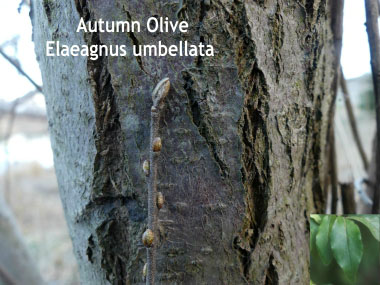
Autumn Olive Identification Leaves Bark Habitat Elaeagnus Umbellata
An ultra-low volume spray wand should be used to minimize herbicide use and reduce the potential for non-target injury.

. The branches have large thorns. Autumn olive Elaeagnus umbellata Thunb is a large deciduous shrub capable of forming dense thickets in West Virginia pasturesIt was introduced to North America in the 1800s and is native to eastern Asia. Bark Oil Blue kerosene applied directly to the bark of autumn olive from the root collar up about 12-18 inches.
Autumn olive and Russian olive are deciduous somewhat thorny shrubs or small trees with smooth gray bark. Their most distinctive characteristic is the silvery scales that cover the young stems leaves flowers and fruit. We Grow And Deliver The Highest Quality Plants Trees Directly To Your Door.
Once established it can eliminate most other plant species. Autumn olive invades open and forested natural areas as well as roadsides and agricultural fields. The Minnesota Department of Natural Resources provides detailed recommendations for reporting invasive species.
They are tubular with four petals and stamens and are. The bark is grayish-brown. AUTUMN OLIVE Elaeagnus umbellata RUSSIAN OLIVE Elaeagnus angustifolia IN BRIEF Closely-related Autumn olive and Russian olive grow as shrubs or small trees.
Thin has shallow fissures and it sheds in long strips. It thrives in high light conditions where it can produce numerous fruits. Autumn olive Elaeagnus umbellata is a nitrogen-fixing shrub or small tree native to East AsiaIt was introduced into North America in the 1830s.
Autumn-olive leaves are small oval smooth-margined. Autumn olive should be reported. Autumn olives young twigs are silvery with brownish scales giving them a speckled appearance.
The two species are very similar in appearance. Autumn olive Elaeagnus umbellata is a deciduous shrub native to Asia that has spread as an invasive species throughout the United StatesIntroduced in 1830 as an ornamental plant that could provide habitat and food to wildlife Autumn olive was widely planted by the Soil Conservation Service as erosion control near. It grows rapidly and can reach a height of 20 feet.
Autumn Olive Russian Olive Autumn olive branch. Fact Sheet 7 Autumn-olive and Russian-olive Elaeagnus umbellata E. Read customer reviews find best sellers.
This shrub with scattered thorny branches can grow 3 to 20 feet tall. Fast Delivery Safe Ship Warranty. Autumn olives are easy to identify.
Use a hand sprayer to apply 1 to 2 percent triclopyr or glyphosate the following spring to control resprouting. Both species are widely distributed in the United States since planting began in the mid-1800s to provide food and cover for wildlife ornamental use road bank stabilization erosion control strip mine reclamation and shelterbelts. These shrubs form nitrogen-fixing.
Unlike the autumn olive tree which has alternate leaves honeysuckle leaves grow opposite to one another and there are no silvery scale-like marks on the leaves or bark. Autumn olive was introduced into the United States in 1830 and widely planted as an ornamental for wildlife habitat as windbreaks and to restore deforested and degraded lands. Other Russian olives The Russian olive tree E.
Gray fibrous bark of autumn olive. Autumn olive is on the USDA terrestrial invasive plants list. 12 inches above the ground.
Twigs are slender silvery and scaly with some lateral twigs pointed like thorns. As it ages the bark becomes light gray to gray-brown. What is the Autumn olive tree.
Angustiolia is related to the autumn olive tree but is considerably taller and is a single or multi-stemmed tree. BranchesTwigs Twigs are silvery scaly when young becoming reddy-brown. BranchesTwigs Autumn olives young twigs are silvery with brownish scales giving them a speckled appearance.
Branches and main stems are glossy and olive with many whitish dots becoming light gray to gray brown with age. Basal bark applications can be made with a hand sprayer and should be performed during the dormant season to minimize risk to nontarget species. With age the bark becomes light gray to gray-brown.
Both are invasive however autumn olive is more common in Pennsylvania. Small trees cannot tolerate very much cutting and survive. Autumn Olive Identification.
The bark is gray. Autumn elaeagnus oleaster silverberry spreading oleaster. Autumn olive has fragrant cream or light yellow flowers.
Browse can also refer to bark for the animals that gnaw on bark. This application method uses triclopyr ester mixed with an oil diluent ie. Up to 20 feet tall.
Autumn Olive drupes the stems being still attached is a sign of not being quite ripe even though the fruit is red. Ad 1 Nursery - Bigger Plants Better Results. Thorns on young branches may be several inches long.
Tubular 4-petaled flowers of autumn olive. They are a multi stemmed tree that grows up to 20 feet tall and 30 feet wide. It has dark green alternate leaves that are oval to lance shaped with smooth wavy margins.
This practice was discontinued in the 1970s when it was realized that autumn olive was invasive destroying natural habitats. Stems buds and leaves have a dense covering of silvery to rusty scales. Autumn olive is a nitrogen-fixing plant that changes soil chemistry and disrupts native plant communities.
Autumn and Russian olive are non-native upright deciduous shrubs that commonly reach heights up to 20 feet tall. Both were introduced for landscaping roadbank. Distribution and Habitat Autumn olive is found from Maine to Virginia and west to Wisconsin in grasslands fields open woodlands and other disturbed areas.
Individual plants may reach heights of 20 ft and can be easily distinguished by their leaves which have a lustrous silvery appearance. Ad Browse discover thousands of brands. Eventually the branches and main stems fissure to expose light brown inner bark.
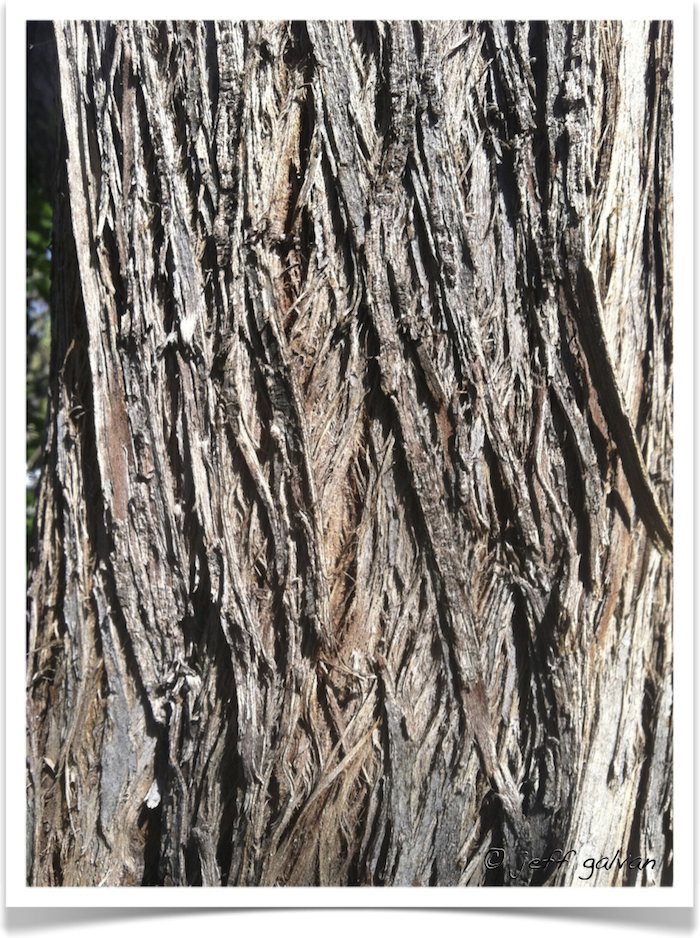
Russian Olive Identify By Bark Boulder Tree Care Pruning Tree Removal Services
Elaeagnus Umbellata Autumn Olive Minnesota Wildflowers
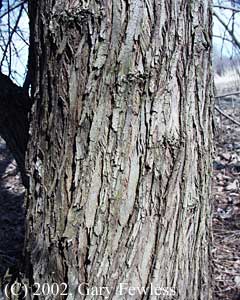
Trees Of Wisconsin Elaeagnus Umbellata Autumn Olive

Autumn Olive Nonnative Invasive Plants Of Southern Forests A Field Guide For Identification And Control

Russian Olive Nonnative Invasive Plants Of Southern Forests A Field Guide For Identification And Control

Autumn Olive Nonnative Invasive Plants Of Southern Forests A Field Guide For Identification And Control
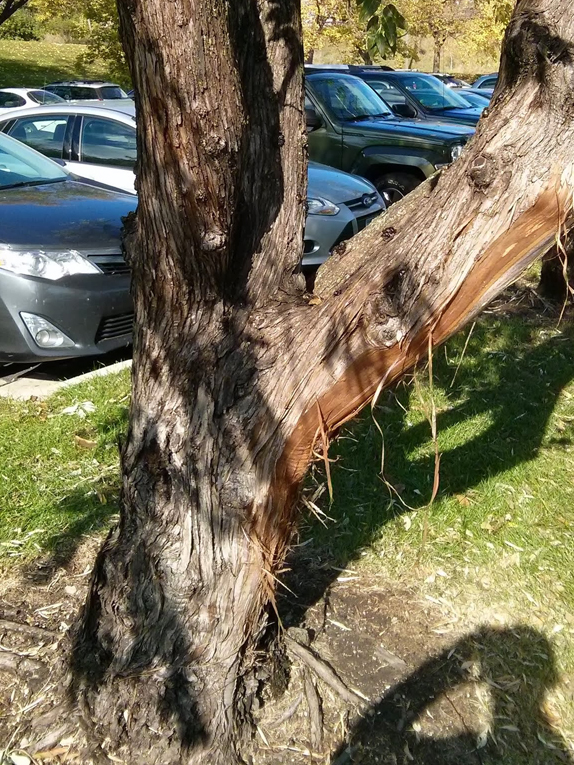
Basic Tree Tree Identification Regional And Community Forestry School Of Natural Resources Unviersity Of Nebraska Lincoln
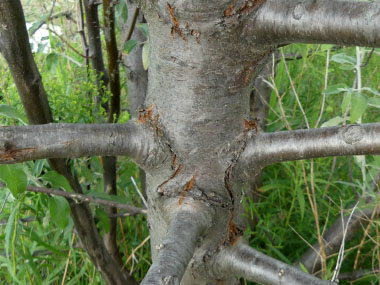
Russian Olive Identification Leaves Bark Habitat Elaeagnus Angustifolia
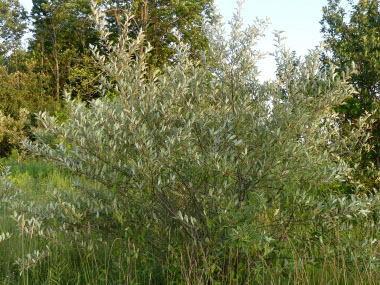
Autumn Olive Identification Leaves Bark Habitat Elaeagnus Umbellata

Virginia Tech Dendrology Fact Sheet
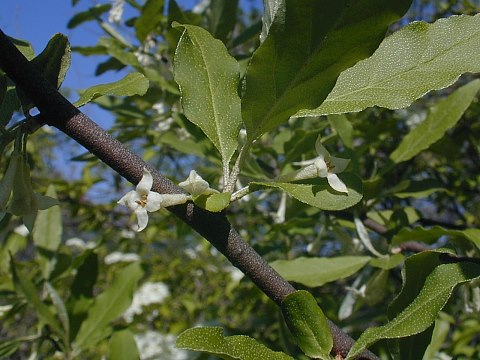
Autumn Olive Elaeagnus Umbellata

Photo Russian Olive Ross Or Bark Garden En Com
Minnesota Seasons Russian Olive

Russian Olive Woody Invasive Species Of The Great Lakes Basin
